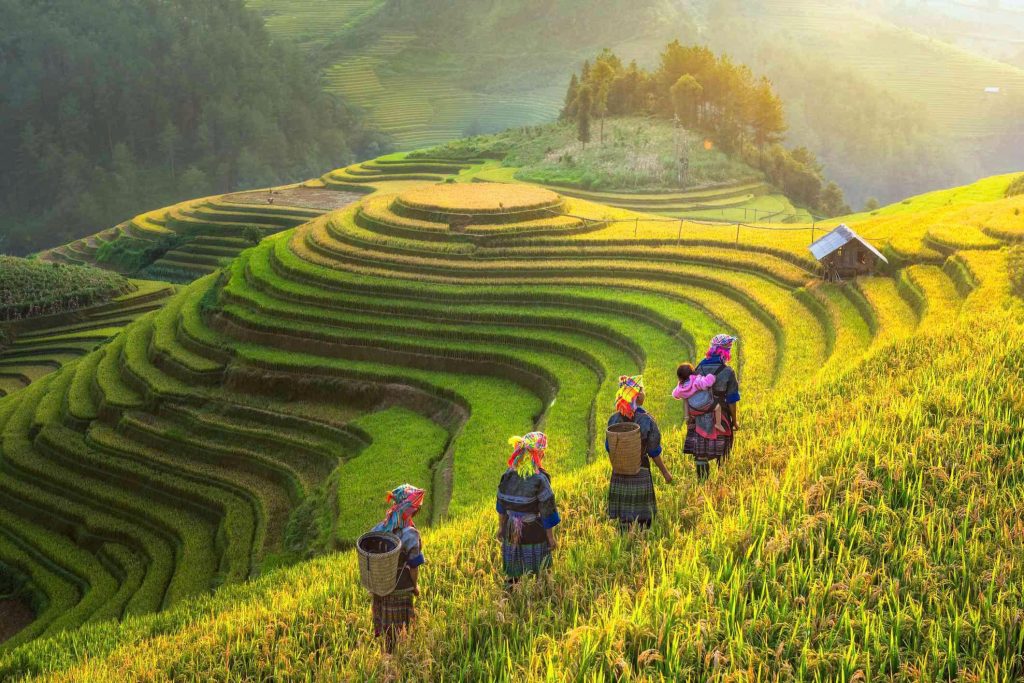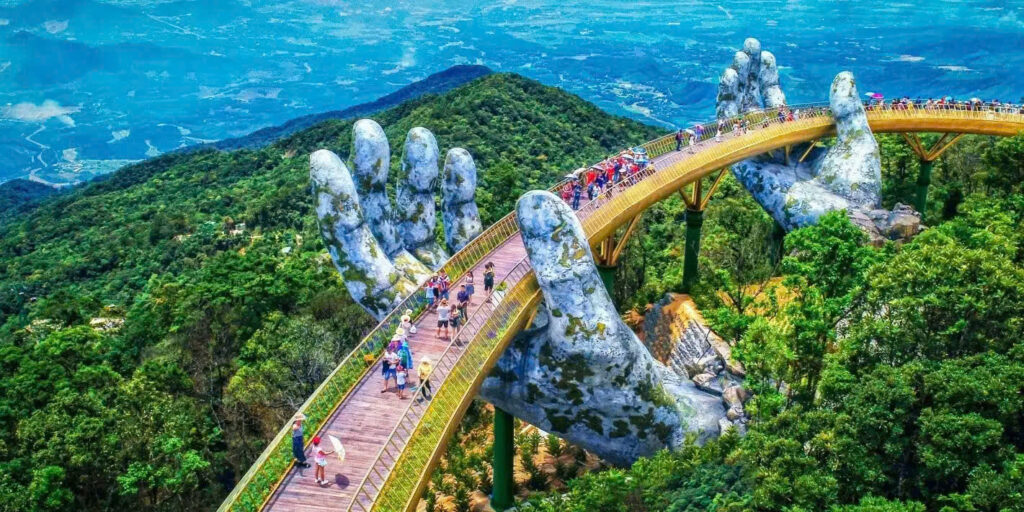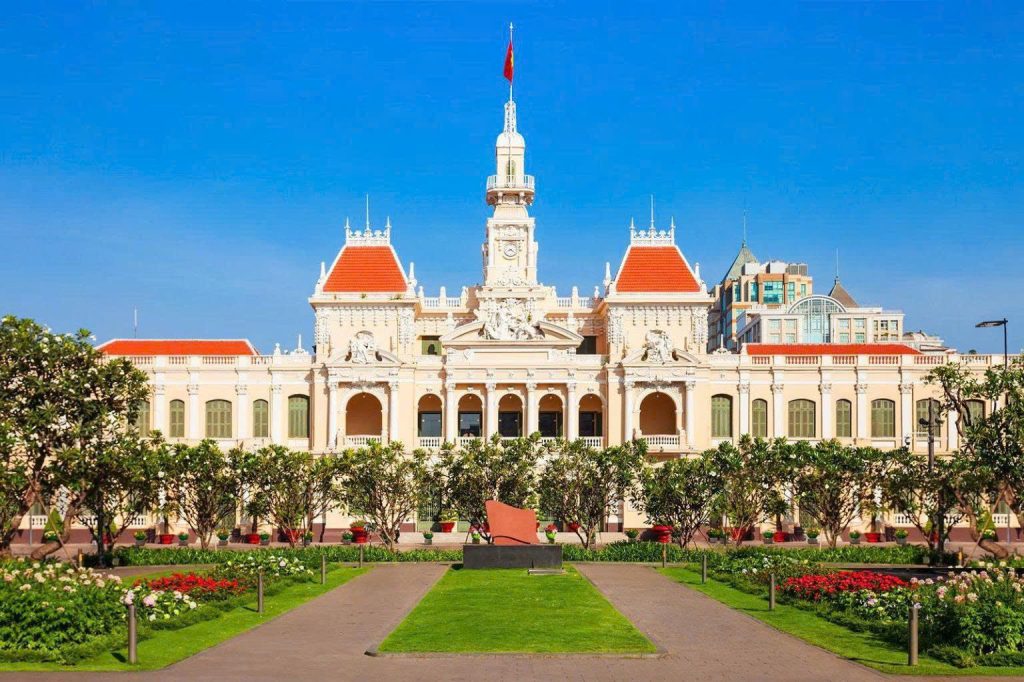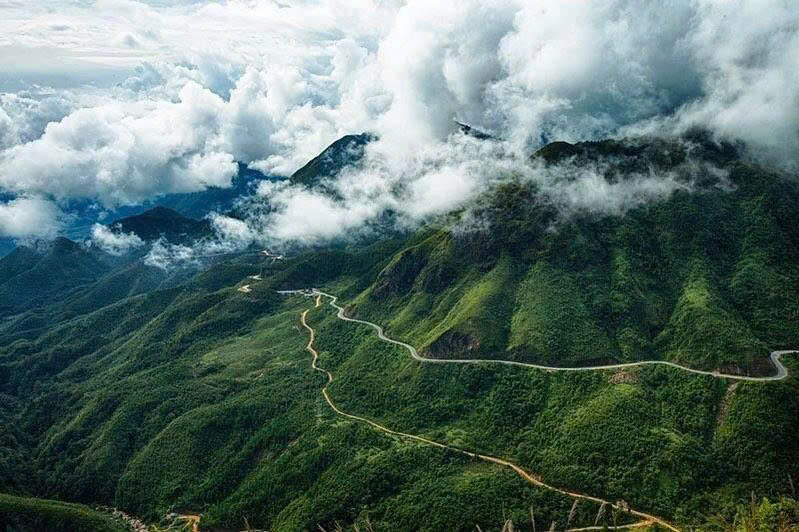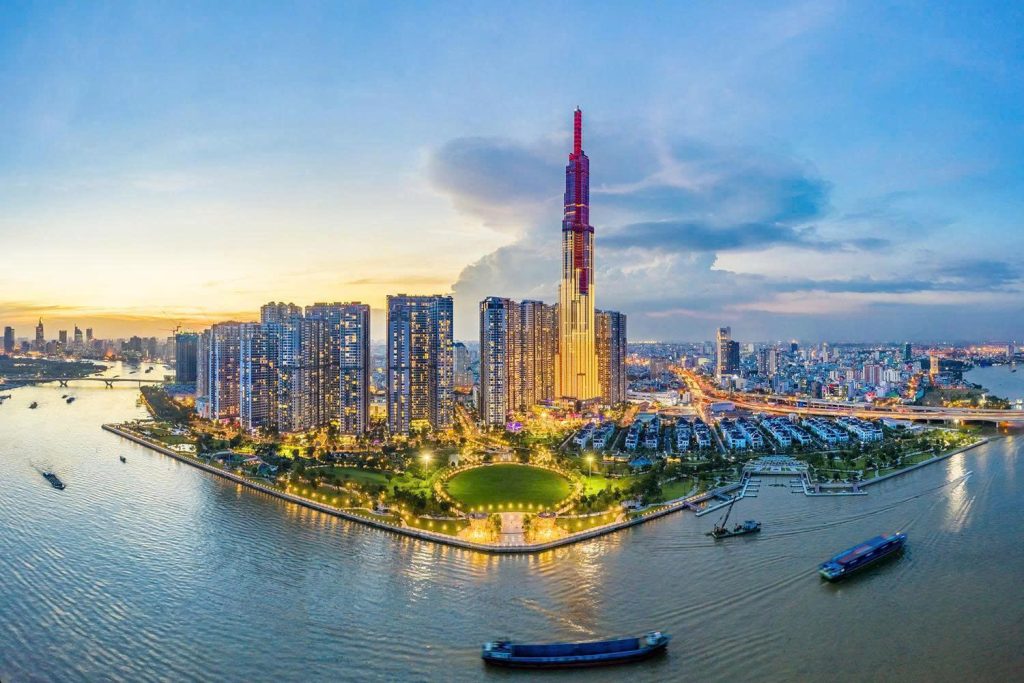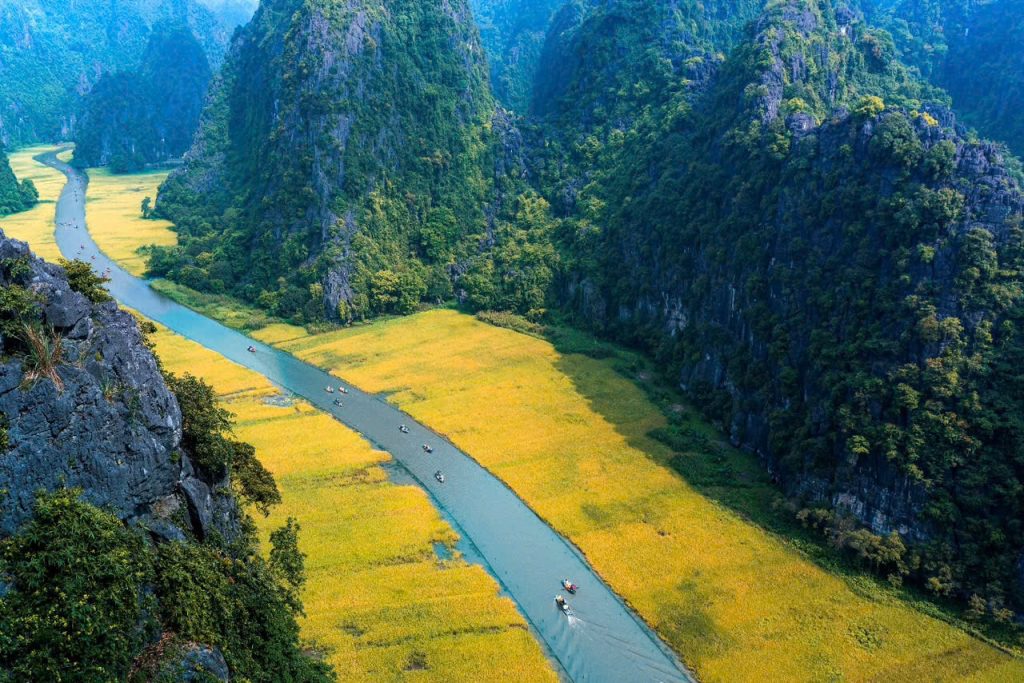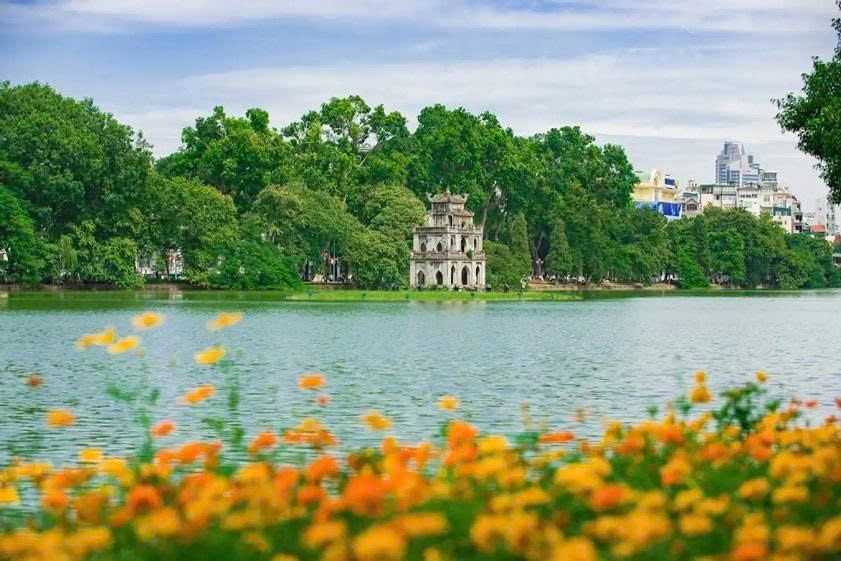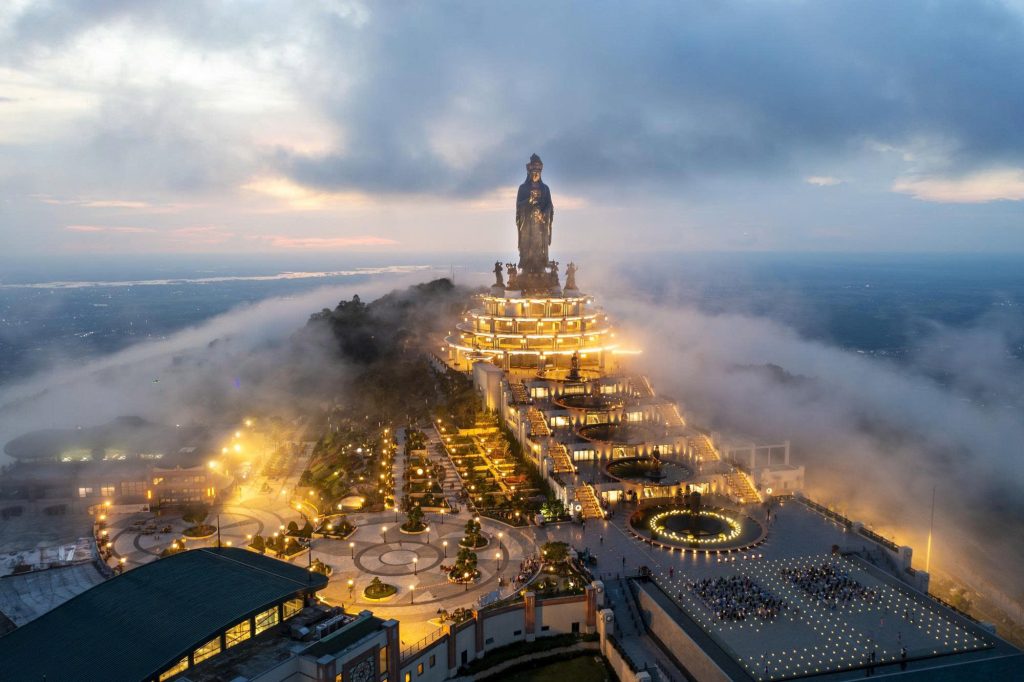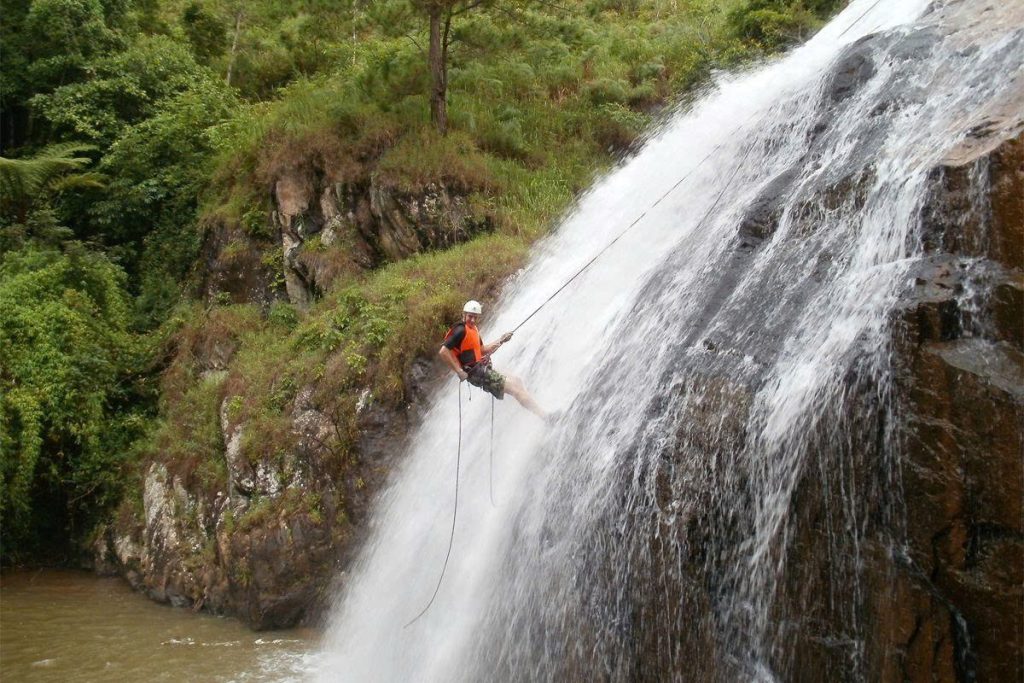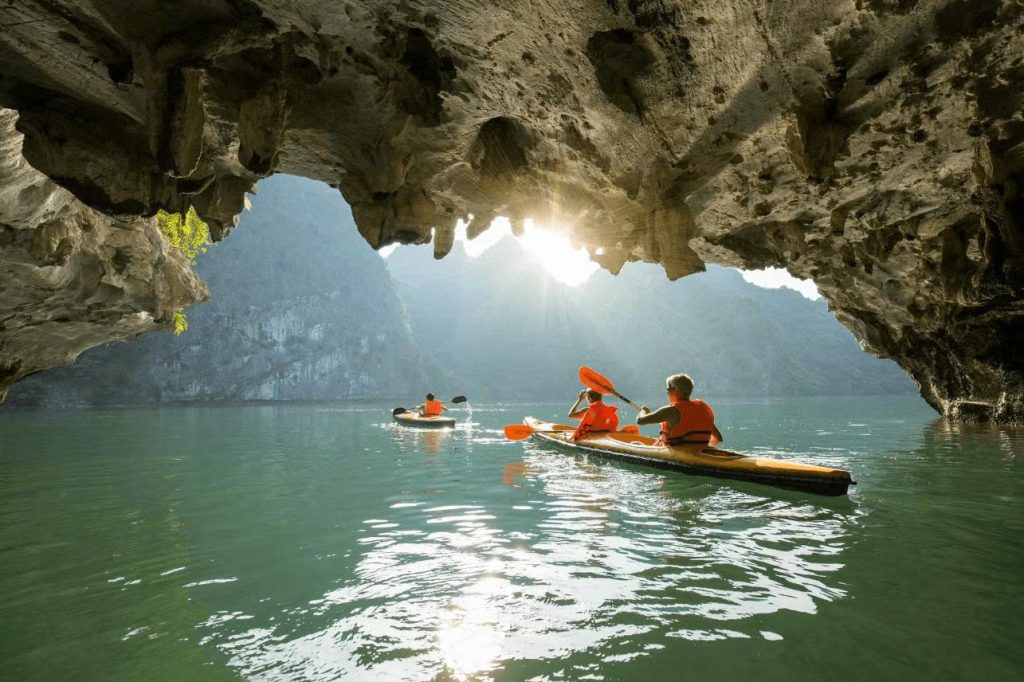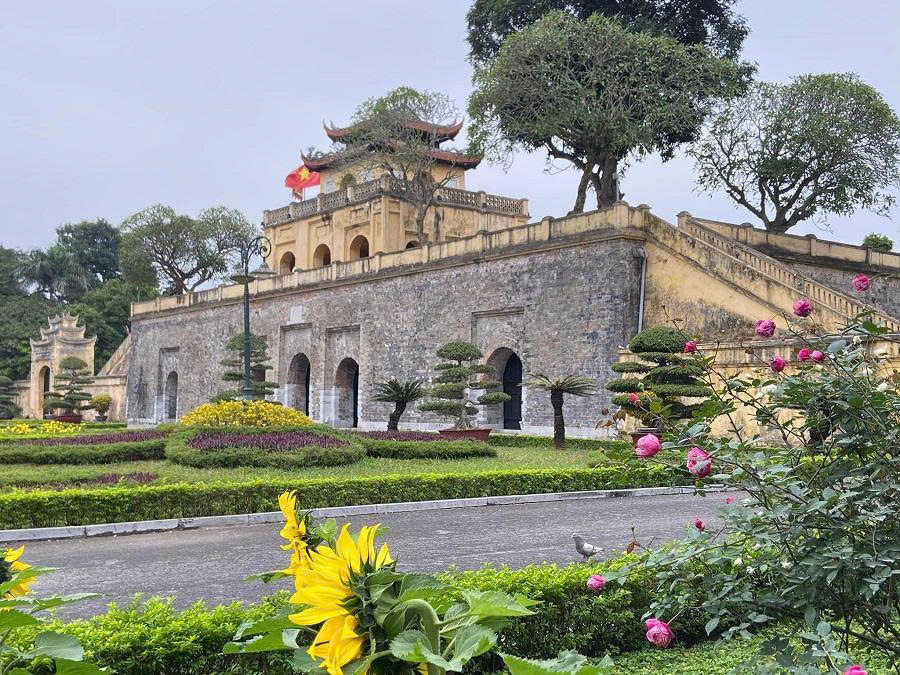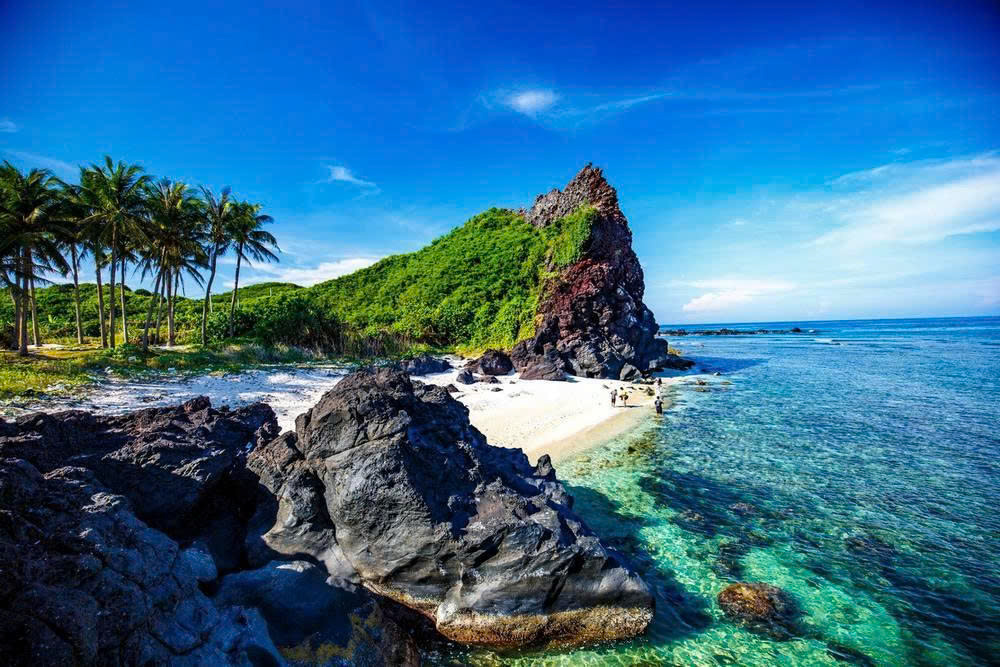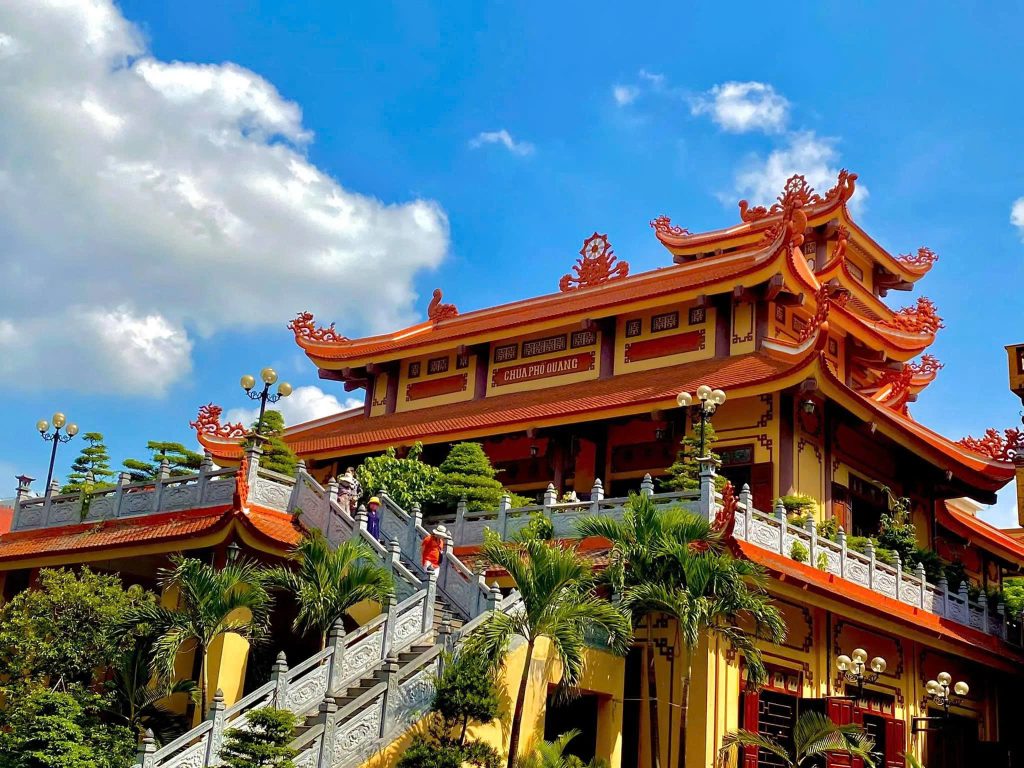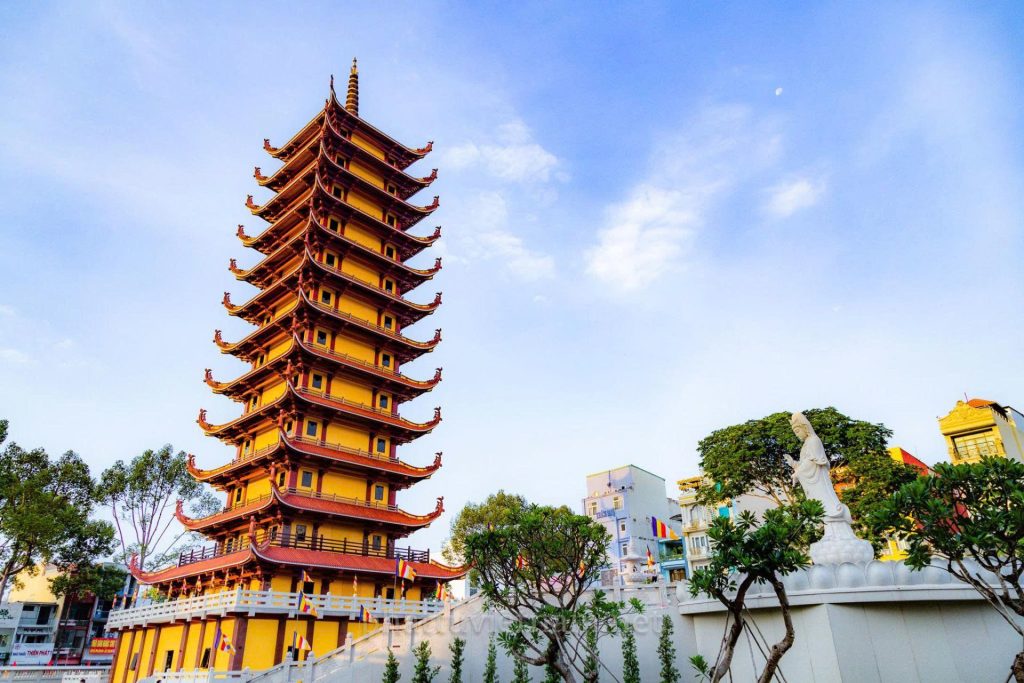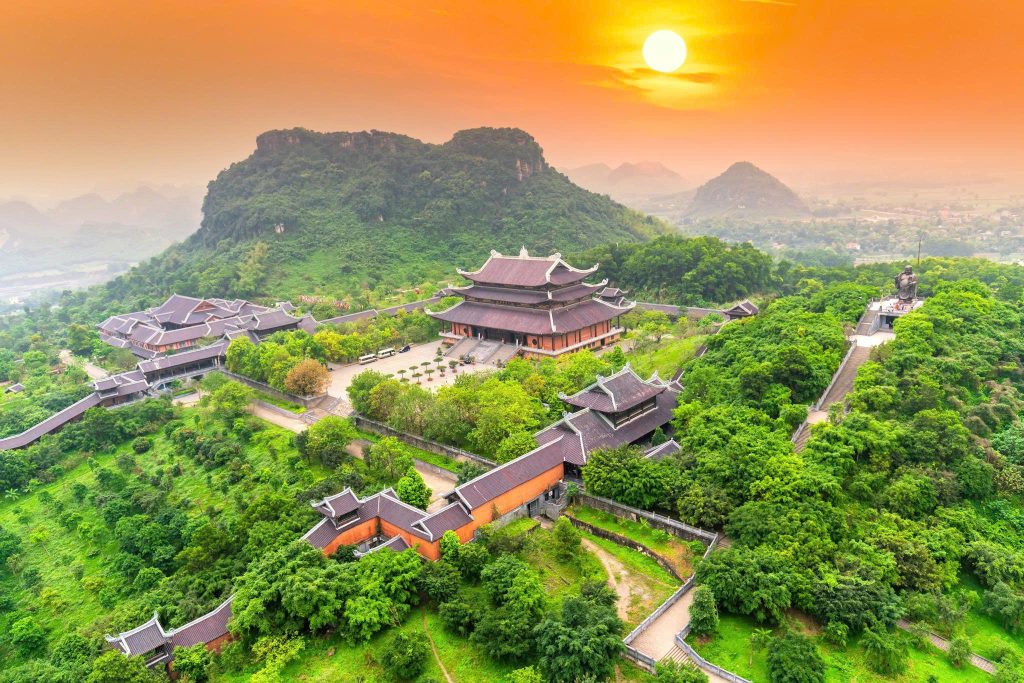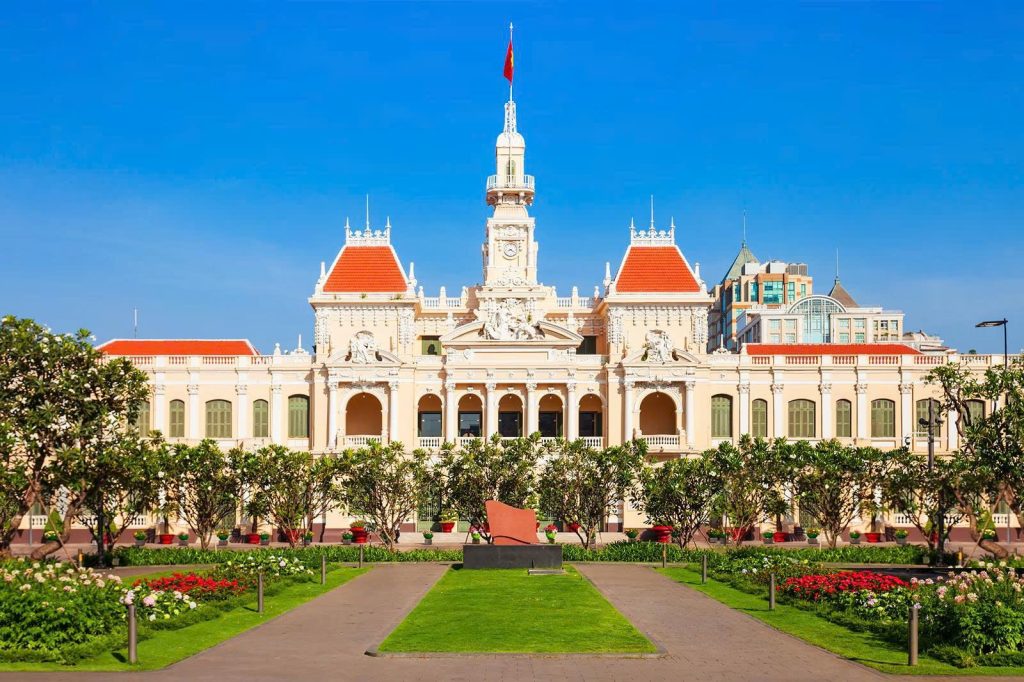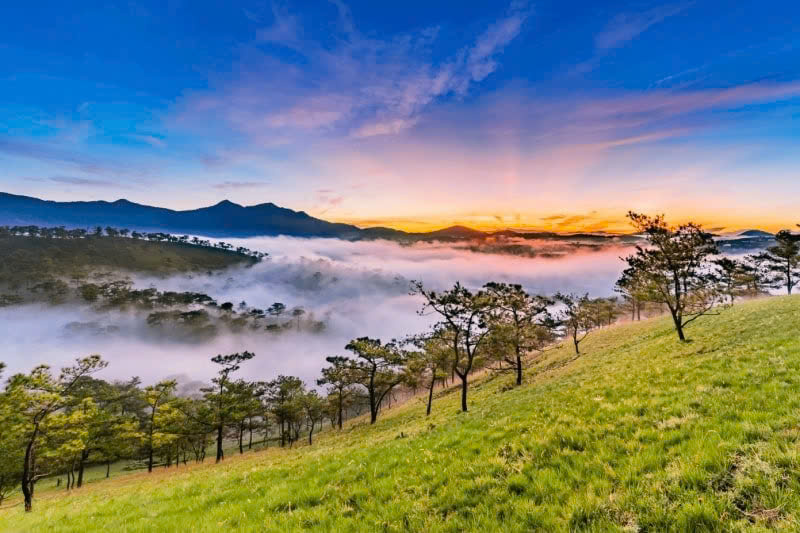Sapa, a misty, picturesque town nestled high in the Hoang Lien Son Mountains of northern Vietnam, is a dream destination for adventurers, culture enthusiasts, and those seeking serene natural beauty. Famous for its cascading terraced rice fields, diverse ethnic minority groups, and the towering Fansipan Peak, Sapa offers a unique blend of natural wonders and rich cultural experiences.
This ultimate guide will take you through the very best things to do in Sapa, ensuring your trip is filled with unforgettable memories, authentic encounters, and breathtaking views.
Why Sapa Should Be Your Next Vietnamese Adventure
Sapa’s allure lies in its dramatic landscapes, where cloud-kissed mountains meet vibrant green valleys. It’s a place where you can trek through ancient rice paddies, discover the traditions of indigenous communities, and challenge yourself with a climb to the “Roof of Indochina.” Whether you’re a seasoned hiker or a curious traveler, Sapa promises an immersive journey into Vietnam’s captivating highlands.
Top Must-Do Activities in Sapa: Unmissable Experiences
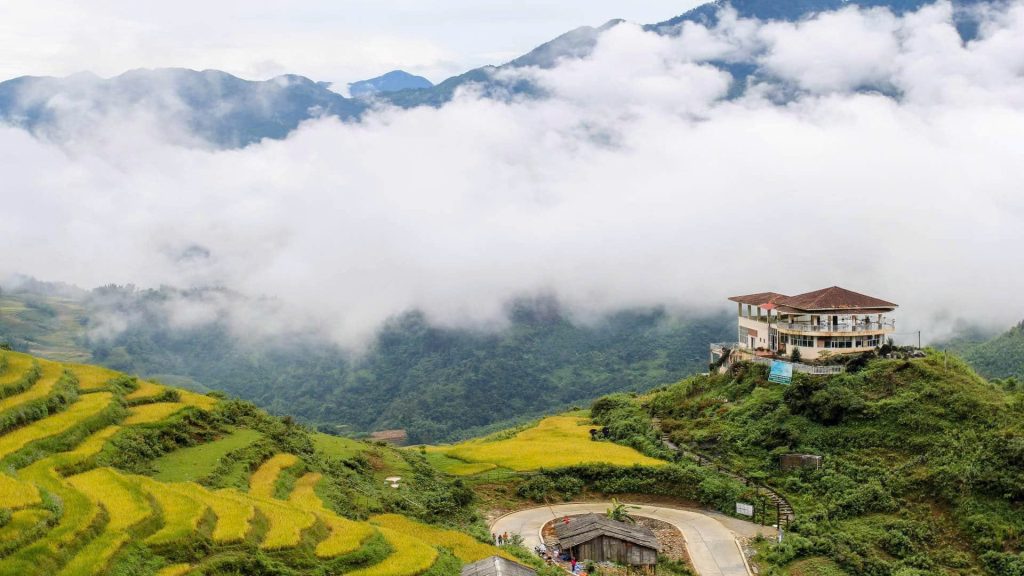
Sapa is brimming with opportunities for exploration. Here are the highlights you absolutely shouldn’t miss:
1. Trekking to Cat Cat Village: A Glimpse into H’Mong Culture
One of the most popular and accessible things to do in Sapa is a trek to Cat Cat Village. This traditional H’Mong village, located just a few kilometers from Sapa town, offers a gentle descent through picturesque landscapes.
- What to Expect in Cat Cat Village: Wander through narrow paths, admire traditional wooden houses, and observe locals engaging in daily activities like weaving and dyeing indigo fabric. You’ll also find a beautiful waterfall and a hydroelectric power station built by the French. Local children often act as informal guides, offering insights into their culture.
- How to Get to Cat Cat Village: Easily reachable by foot from Sapa town (approx. 30-40 minutes walk downhill), or you can take a xe om (motorbike taxi) if you prefer.
- Activities and Crafts in Cat Cat: Enjoy traditional music and dance performances, and purchase intricate handicrafts directly from the artisans, supporting the local economy.
2. Conquering Mount Fansipan: The Roof of Indochina
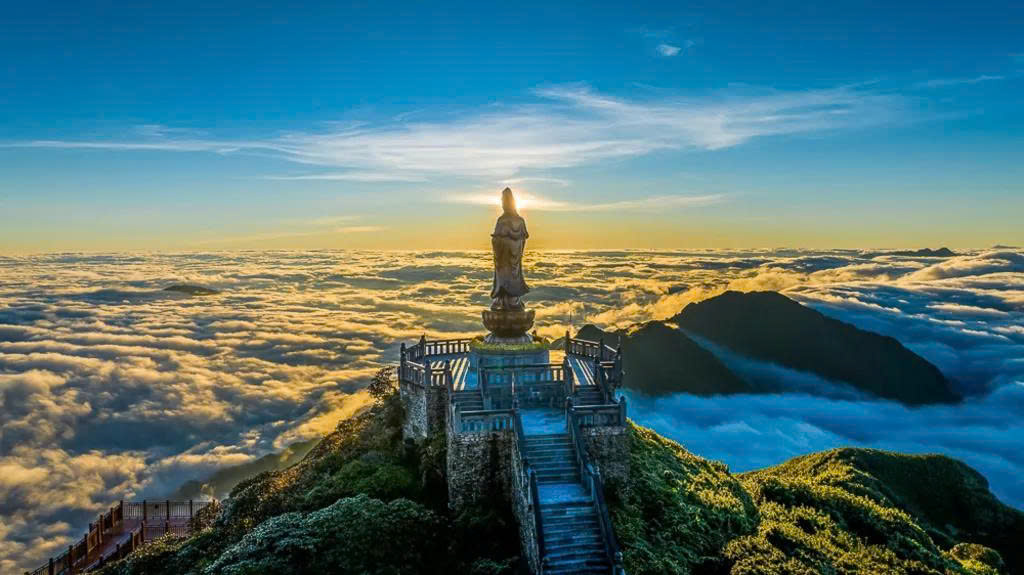
Dominating the skyline, Mount Fansipan is Vietnam’s highest peak and a monumental thing to do in Sapa for many. Reaching its summit, known as the “Roof of Indochina,” offers unparalleled panoramic views.
- Fansipan Cable Car Experience: For most visitors, the most convenient way to conquer Fansipan is via the Fansipan Legend cable car. This record-breaking cable car ride offers a stunning 15-20 minute journey above the clouds, providing incredible vistas of the Muong Hoa Valley and surrounding mountains. Once at the upper station, you can take a short hike or opt for the Funicular train to reach the summit.
- Trekking to Fansipan Summit: For experienced trekkers, multi-day guided hikes to the summit are available. This challenging but rewarding experience allows for a deeper immersion into the pristine nature of the Hoang Lien Son National Park.
- What to See at the Summit: Besides the magnificent views, the summit area boasts a spiritual complex with pagodas, a grand Buddha statue, and various other structures, making it a unique cultural and scenic stop.
3. Exploring Muong Hoa Valley and Terraced Rice Fields
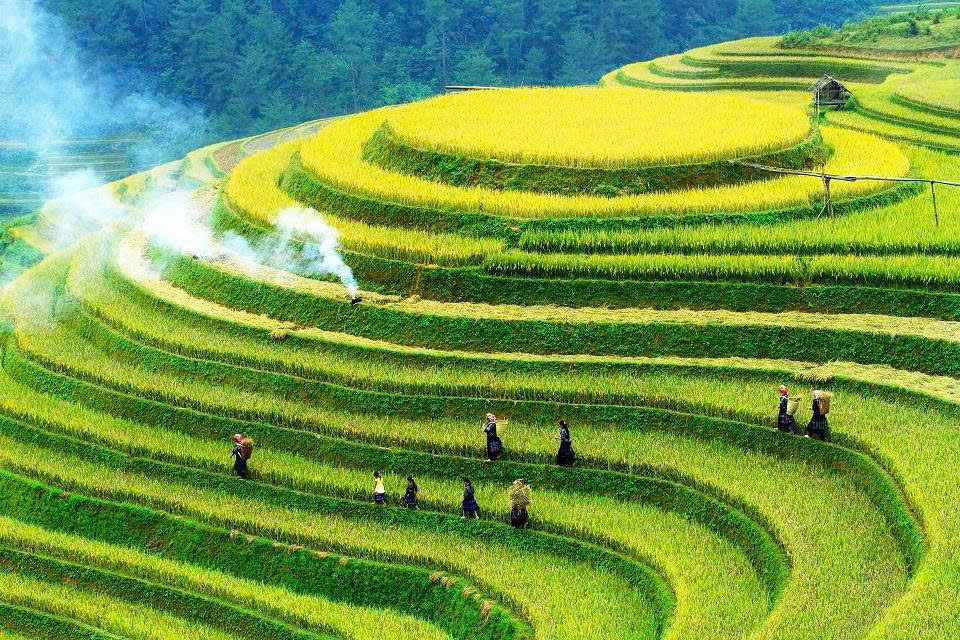
The iconic terraced rice fields are synonymous with Sapa, and the Muong Hoa Valley is the heart of this mesmerizing landscape. Trekking through this valley is arguably the most immersive thing to do in Sapa.
- Best Viewpoints for Rice Terraces: Countless vantage points offer spectacular views, especially during the rice growing season (May to September) and harvest (September to October). Key areas include the roads leading to Lao Chai and Ta Van villages.
- Trekking Routes through Muong Hoa Valley: Various trekking routes, from easy strolls to challenging multi-day hikes, connect the ethnic villages within the valley. Consider hiring a local H’Mong or Red Dao guide for an authentic experience and to support the community.
- Nearby Villages in Muong Hoa: Explore the charming villages of Lao Chai (H’Mong), Ta Van (Giay), and Giang Ta Chai (Red Dao), often including a homestay experience.
4. Visiting Silver Waterfall (Thac Bac) and Love Waterfall (Thac Tinh Yeu)
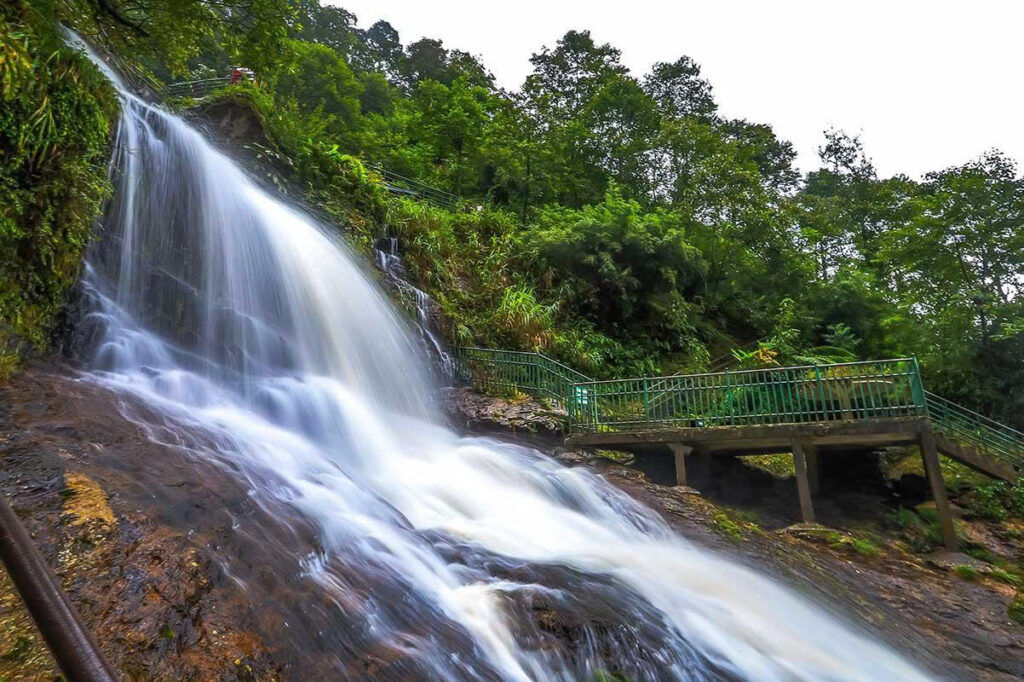
Located a short drive from Sapa town on the way to Tram Ton Pass, these two beautiful waterfalls offer refreshing stops.
- Silver Waterfall (Thac Bac): A powerful, majestic waterfall easily visible from the road, with accessible viewpoints.
- Love Waterfall (Thac Tinh Yeu): Requiring a short, picturesque hike through a lush forest, this waterfall is named after a local legend and is a tranquil spot perfect for nature lovers.
5. Immersing in Local Culture at Sapa Market
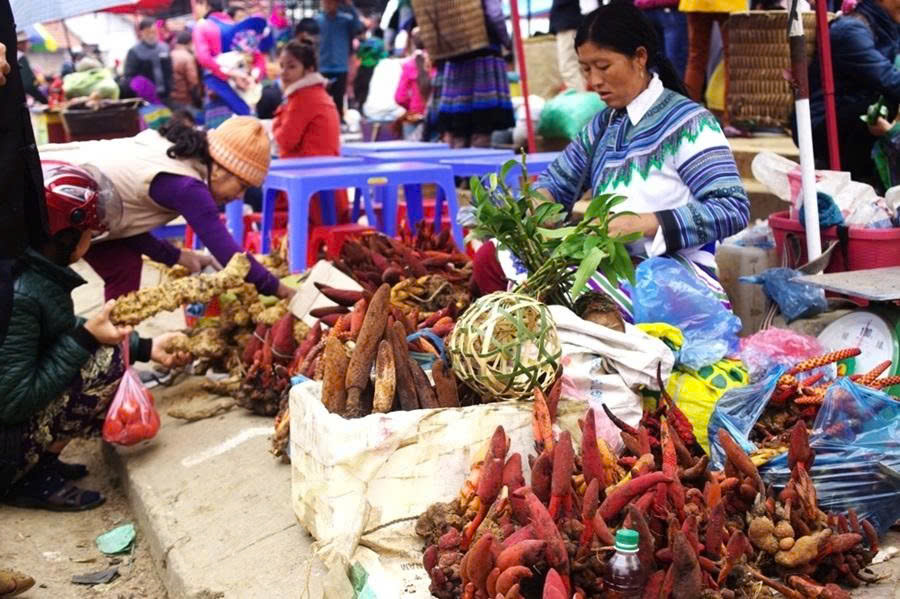
The bustling Sapa Market is a vibrant hub where various ethnic minority groups, including the H’Mong, Red Dao, and Tay, gather to trade goods and socialize. Visiting the market is a fascinating thing to do in Sapa to observe local life.
- What to Buy at Sapa Market: Find intricately woven textiles, traditional handicrafts, fresh produce, and local delicacies.
- Best Time to Visit Sapa Market: While open daily, the market truly comes alive on Saturday evenings and Sunday mornings when ethnic groups from surrounding villages descend for their weekly trading.
6. Trying Sapa’s Authentic Cuisine
Sapa offers a unique culinary experience, blending Vietnamese flavors with the distinct tastes of highland ingredients. Don’t leave without trying these local specialties!
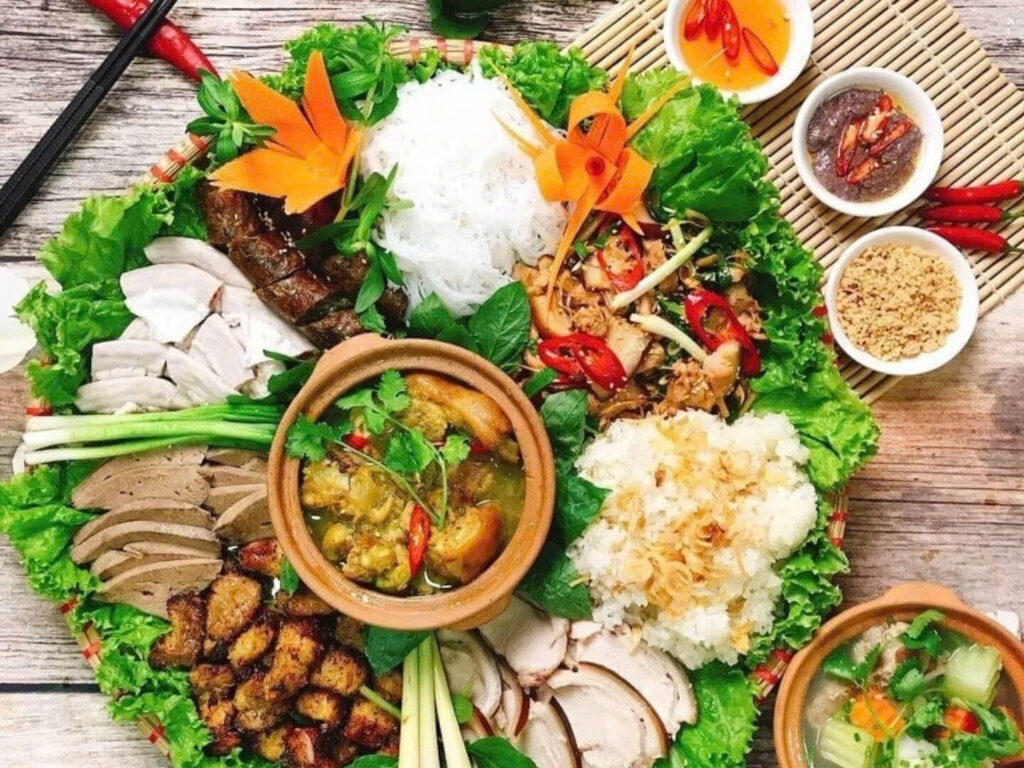
- Must-Try Sapa Dishes:
- Thang Co: A traditional stew, often made from horse meat, with a unique blend of spices.
- Salmon Hotpot: Fresh, locally farmed salmon in a flavorful hotpot, perfect for Sapa’s cool climate.
- Grilled Skewers (Do Nuong): Various meats, vegetables, and tofu grilled over charcoal, a popular street food.
- Com Lam (Bamboo-cooked Rice): Fragrant rice cooked inside bamboo tubes, giving it a distinct aroma.
- Recommended Local Restaurants: Explore the eateries around Sapa Lake or seek out smaller, local establishments for an authentic taste.
7. Experiencing a Homestay with Ethnic Minorities
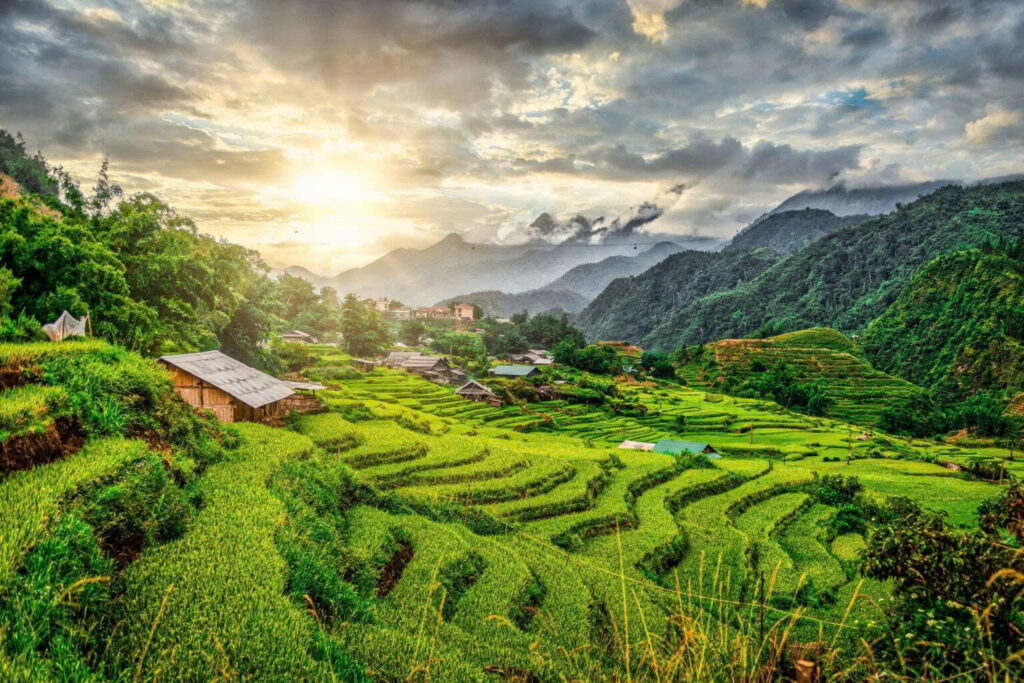
For a truly immersive cultural experience, consider a homestay in one of the surrounding villages (like Ta Van, Lao Chai, or Ta Phin). This is one of the most rewarding things to do in Sapa.
- Benefits of a Homestay: Live with a local family, share meals, learn about their traditions, and gain a deeper understanding of their way of life. It’s an authentic exchange that goes beyond typical tourism.
- How to Arrange a Homestay: Many local tour operators in Sapa town can arrange homestays, often combined with trekking tours.
RELATED: The Best Homestays in Sapa Vietnam
Other Notable Things to Do in Sapa:
- Discovering Ham Rong Mountain (Dragon Jaw Mountain): Located just behind Sapa Stone Church, this mountain offers themed gardens, a cloud-covered viewpoint, and unique rock formations.
- Enjoying a Red Dao Herbal Bath: Indulge in a traditional herbal bath, known for its therapeutic and relaxing properties, offered by many local families and spas.
- Cloud Hunting and Sunrise Views: Wake up early and head to viewpoints like Heaven’s Gate (near Tram Ton Pass) or Ham Rong Mountain for a chance to witness breathtaking “cloud hunting” over the valleys, especially in cooler months.
- Visiting Sapa Stone Church (Holy Rosary Church): A beautiful stone church built by the French in the early 20th century, standing as a historical landmark in the town center.
Practical Tips for Your Sapa Trip: Planning & Logistics
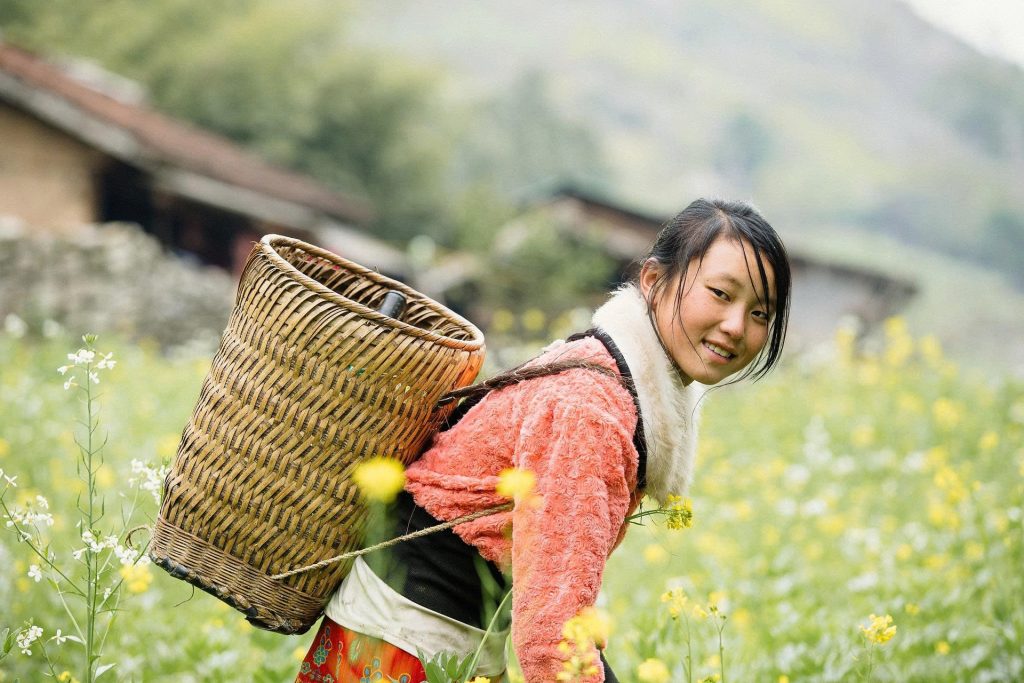
To make your journey smooth, here’s some essential information:
Best Time to Visit Sapa
- March to May & September to November: Generally considered the best times. March-May sees blooming flowers and clear skies, while September-November offers golden rice terraces and pleasant weather for trekking.
- June to August: Green rice paddies, but also the rainy season with higher humidity.
- December to February: Coldest months, sometimes with frost or even snow, offering a unique, mystical ambiance.
How to Travel from Hanoi to Sapa
The journey from Hanoi to Sapa is part of the adventure.
- By Sleeper Train: A popular and comfortable overnight option. Trains depart from Hanoi’s Tran Quy Cap station to Lao Cai, where you’ll then take a 45-minute bus or taxi ride to Sapa.
- By Sleeper Bus: The most direct and often cheapest option. Modern sleeper buses offer comfortable beds and travel directly from Hanoi to Sapa town.
- By Private Car/Taxi: Offers the most flexibility and comfort, with door-to-door service. Ideal for groups or families.
- By Motorbike (For Adventurous Travelers): A challenging but incredibly rewarding journey for experienced riders, offering unparalleled freedom and scenic views along the way.

RELATED: How to Travel from Hanoi to Sapa: Your Transportation Guide
Where to Stay in Sapa
Sapa offers a range of accommodations:
- Hotels and Resorts: From luxury resorts with stunning valley views to comfortable mid-range hotels in town.
- Guesthouses and Homestays: For a more authentic and budget-friendly experience, especially in the surrounding villages.
Getting Around Sapa
- Walking: The best way to explore Sapa town and nearby villages.
- Motorbike Rental: Convenient for exploring further afield independently (ensure you have a valid international driving permit and experience).
- Taxis/Motorbike Taxis (Xe Om): Readily available for shorter distances or to reach trekking starting points.
Essential Sapa Travel Tips
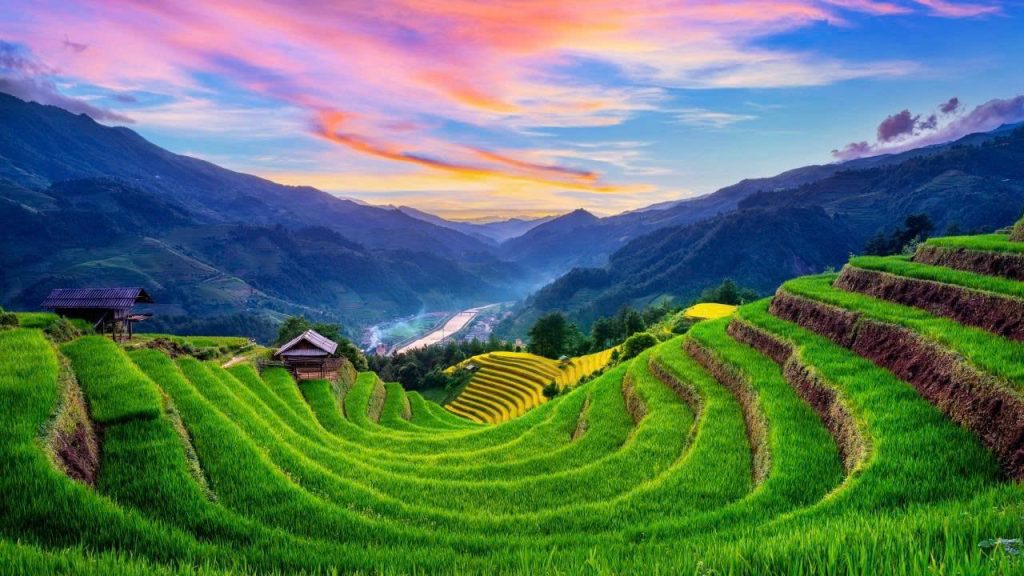
- What to Pack: Layers of clothing (Sapa’s weather can change quickly), comfortable trekking shoes, rain gear (especially during rainy season), sun protection, insect repellent, and basic medicines.
- Local Etiquette and Respecting Culture: Dress modestly when visiting villages. Always ask for permission before taking photos of people, especially children. Avoid giving money or sweets directly to children as it can encourage begging. Consider buying handicrafts to support local communities.
- Safety Considerations: Be wary of scams, especially around tourist areas. If trekking independently, inform someone of your route.
- Currency and Payments: Vietnamese Dong (VND) is the currency. ATMs are available in Sapa town. Some larger establishments may accept credit cards, but cash is preferred for smaller purchases and in villages.
- SIM Card and Internet: Easily purchase a local SIM card upon arrival in Vietnam for mobile data. Most hotels and cafes offer free Wi-Fi.
RELATED: Best Time to Visit Sapa for Rice Terraces: Your Planning Guide
Sapa, with its mystical landscapes, vibrant ethnic cultures, and endless opportunities for adventure, is truly a jewel in Vietnam’s crown. From conquering the heights of Fansipan to immersing yourself in the daily life of a H’Mong village, the things to do in Sapa promise a rich tapestry of experiences that will stay with you long after you’ve left its misty mountains. Embrace the adventure, respect the local culture, and let Sapa captivate your heart.

